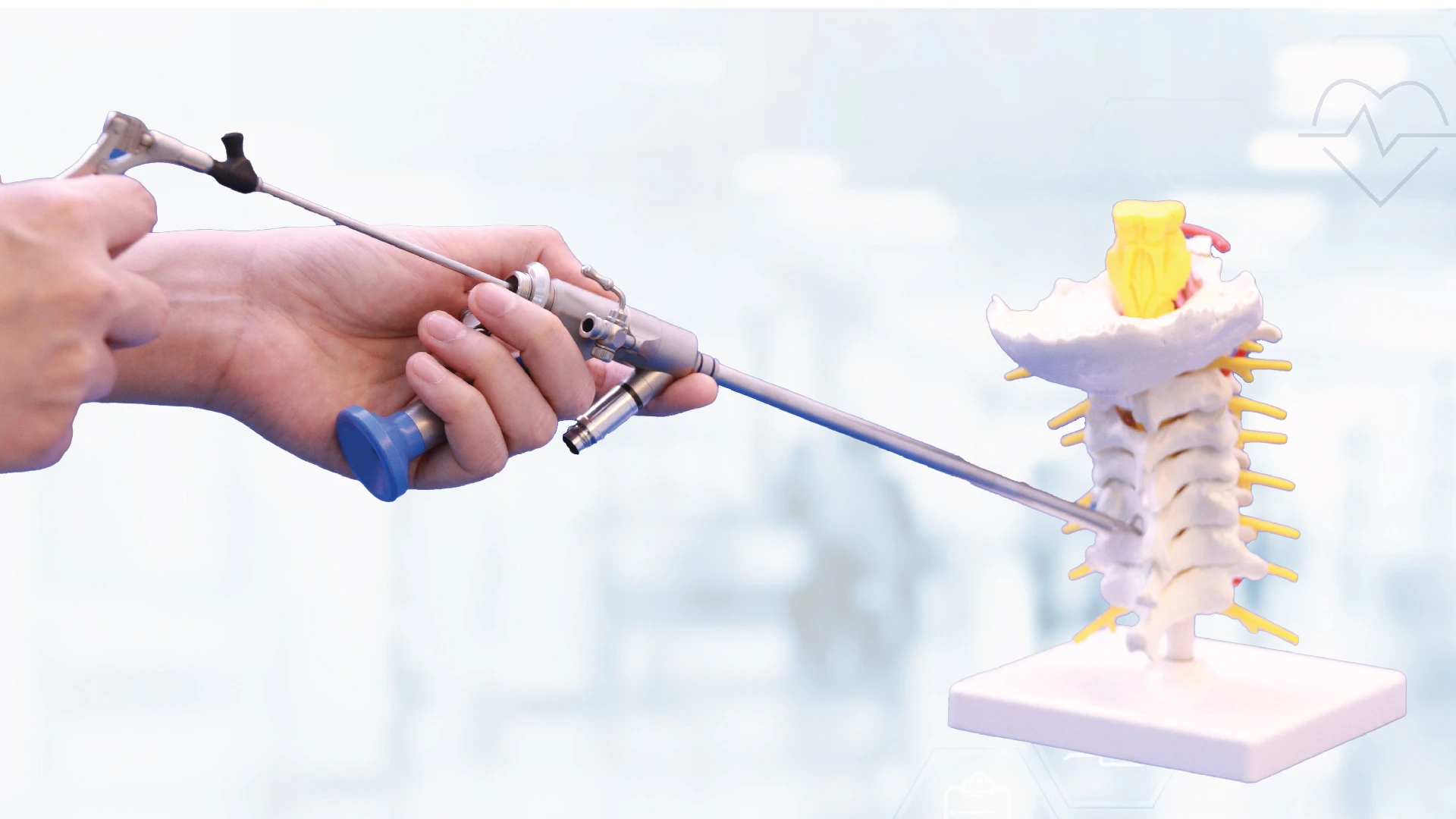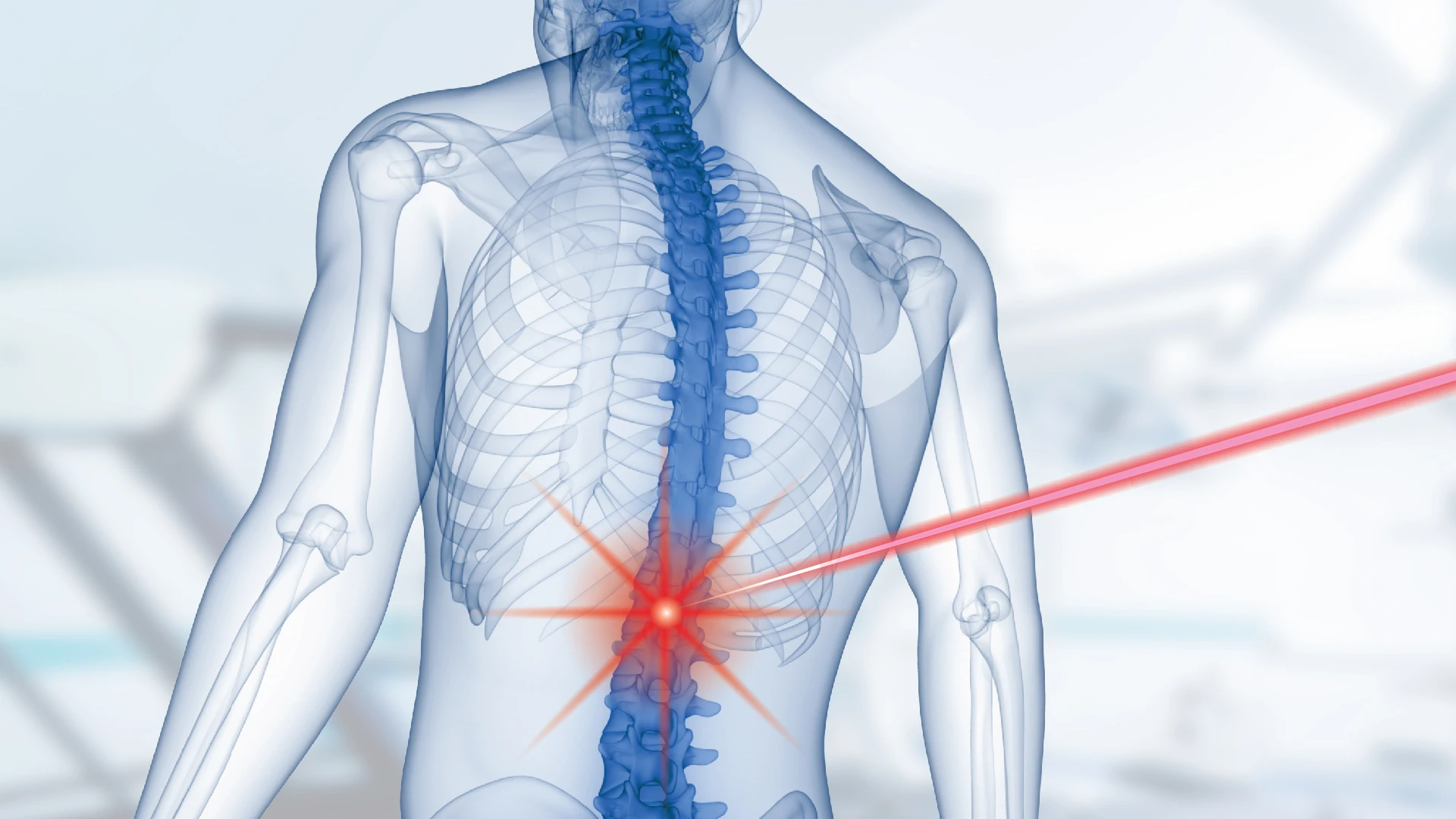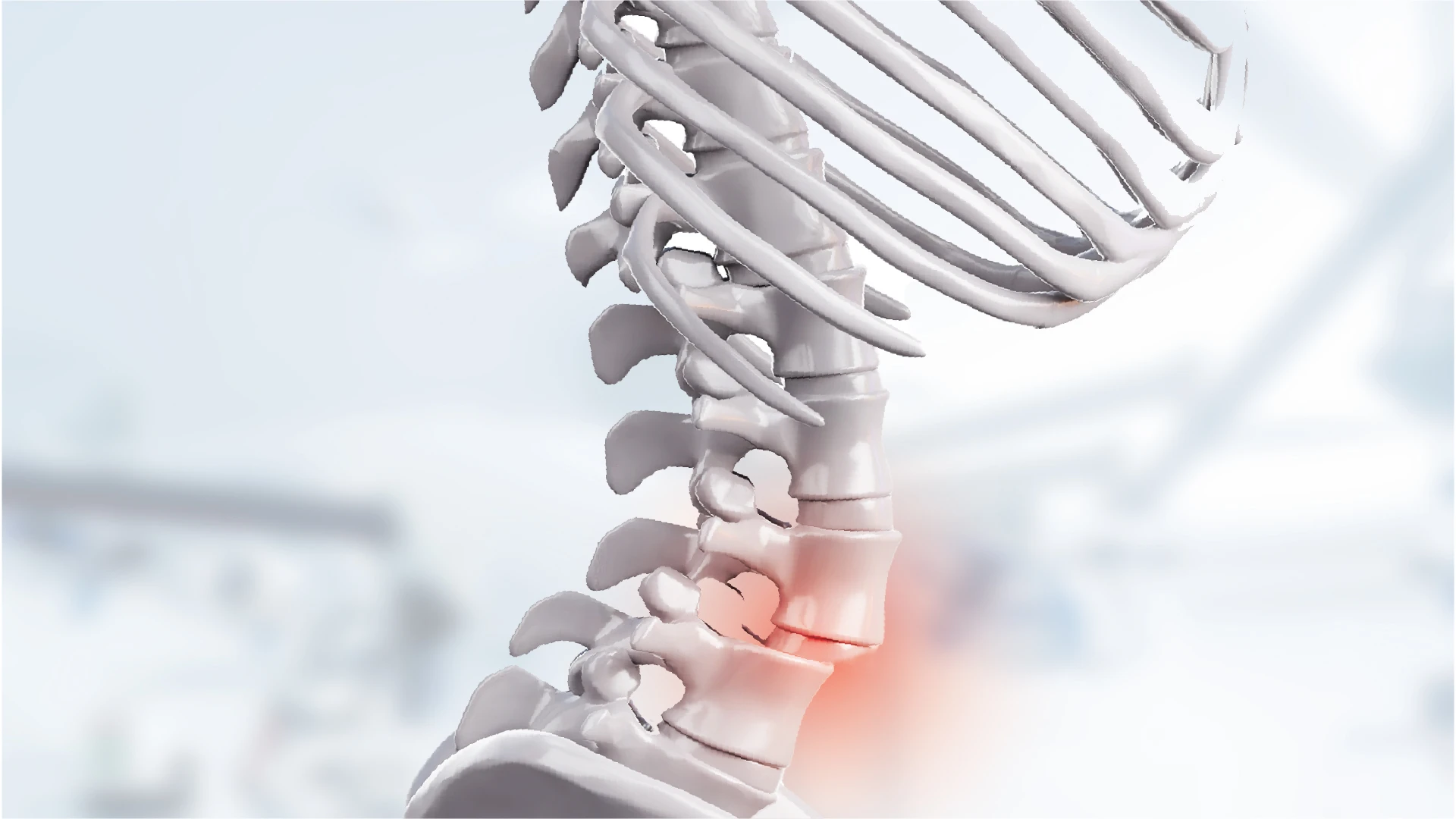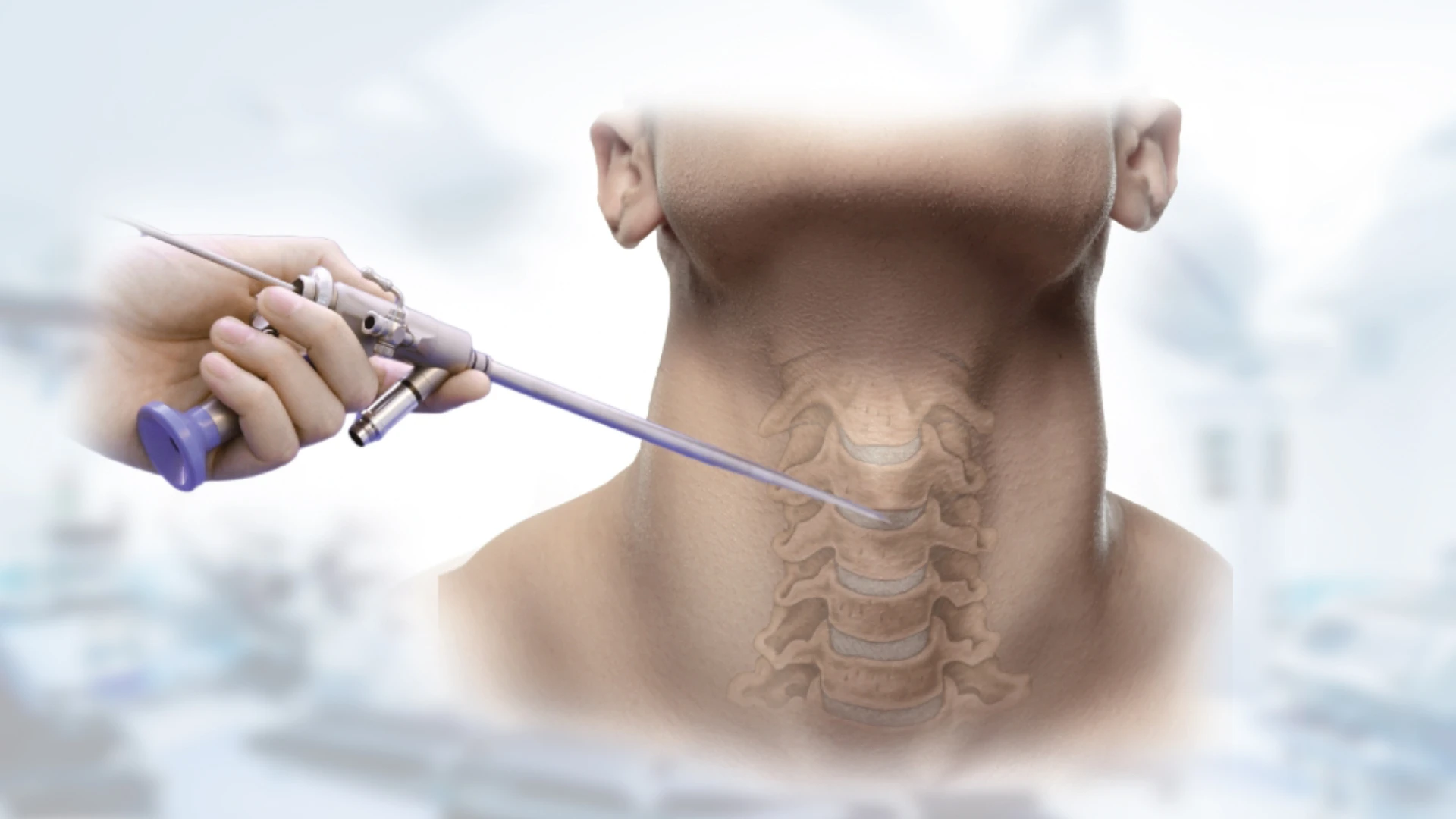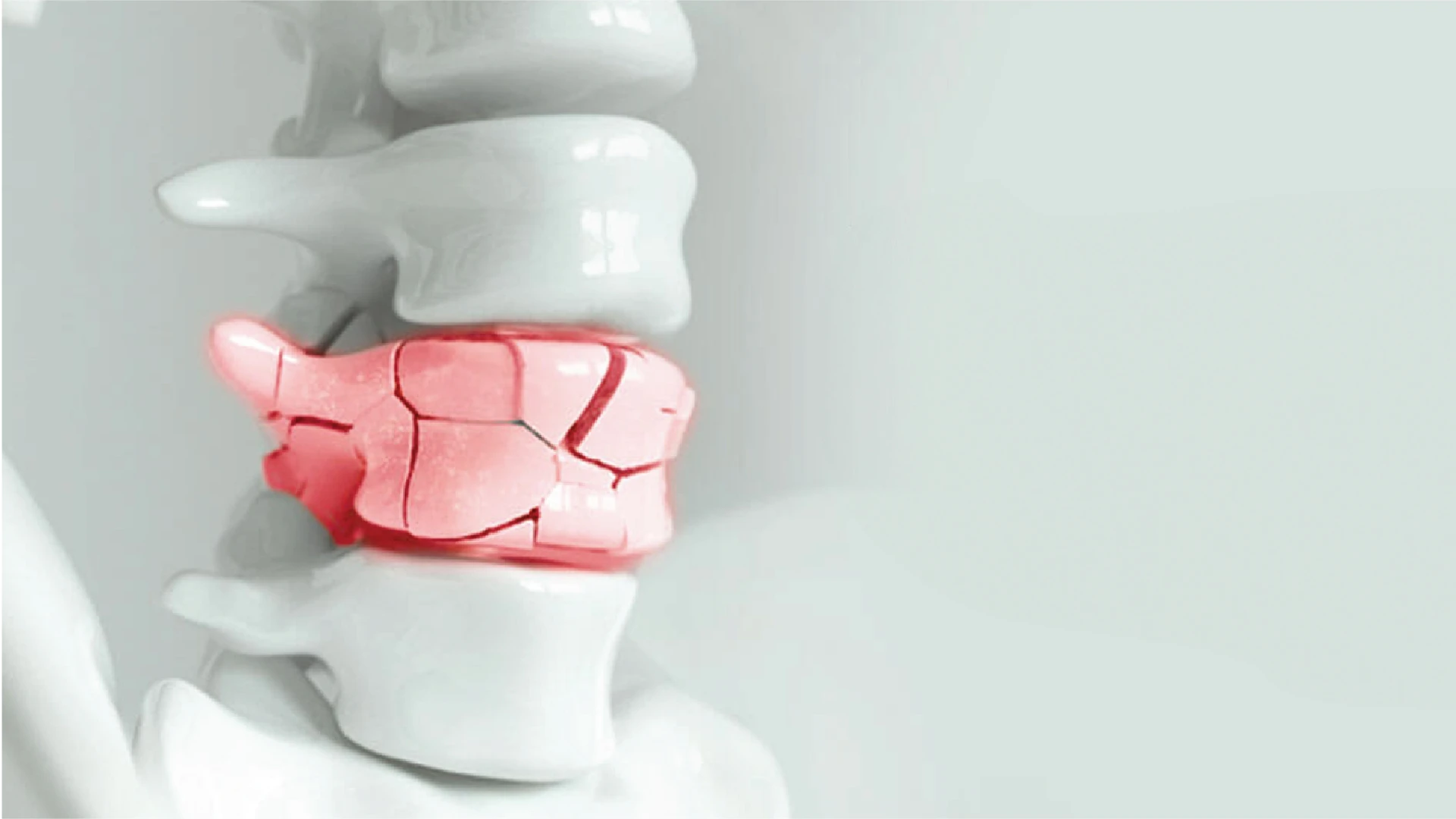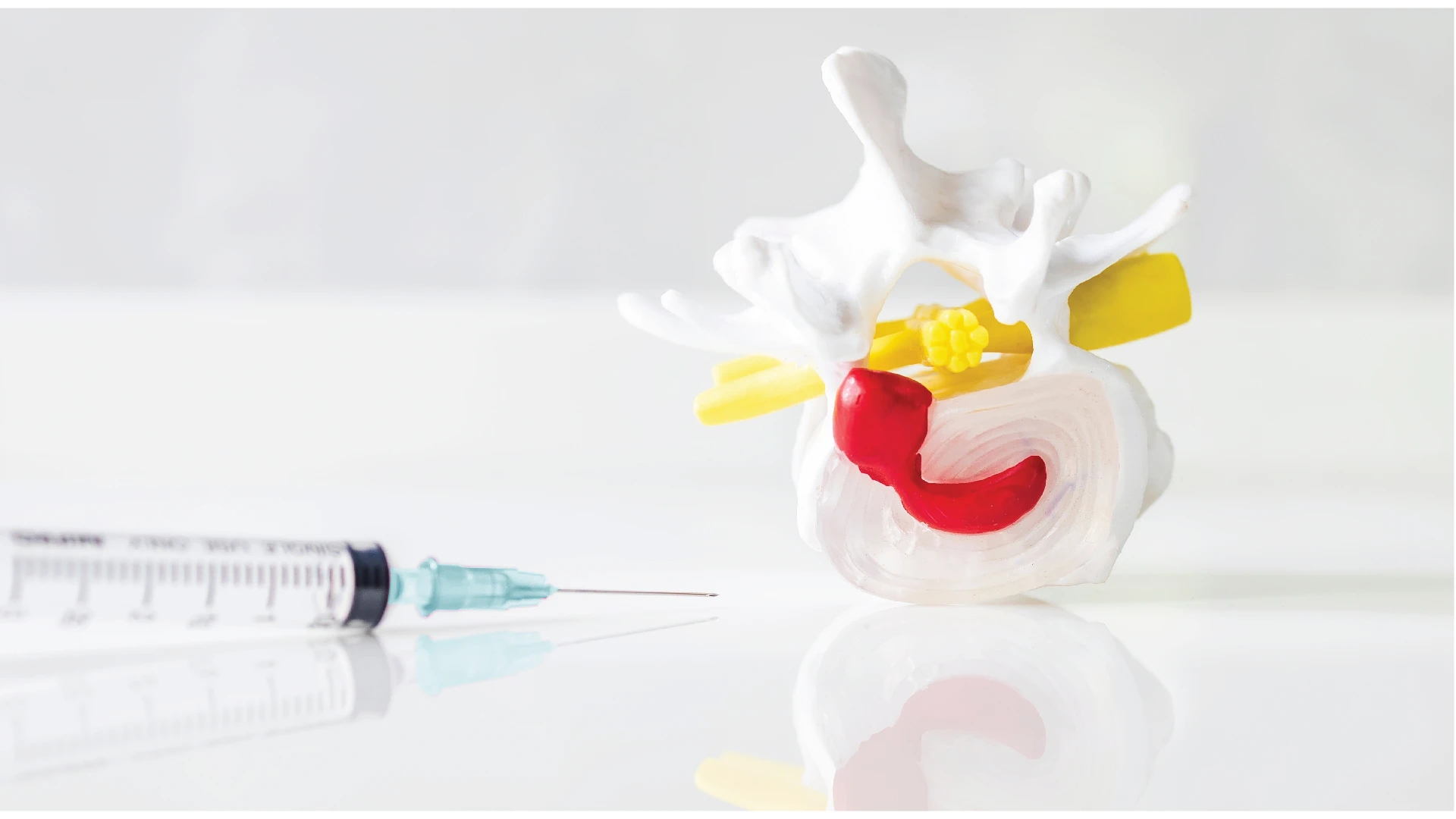Disc Surgery: Treatment for Disc Herniation Compressing Nerves


S Spine and Joint Hospital has adopted modern surgical technologies for treating spinal conditions.
S Spine and Joint Hospital has adopted modern surgical technologies for treating spinal conditions.
Endoscopic Disc Surgery
An endoscope is a small surgical instrument in the form of a small tube, with a diameter of just 0.5 cm. The end of the endoscope is equipped with a lens and a special light guide system to enhance visibility. Additionally, there is a channel through which special tools, such as lasers or other treatment devices, can be inserted to reach deep areas that are difficult to see with the naked eye.
Surgical Procedure:
1.General anesthesia.
2.The doctor makes a small incision, approximately 0.5 cm, on the skin along the side of the body or the back.
3.The endoscope is inserted through the incision to the affected nerve area.
4.The compressed area is treated directly with minimal muscle injury.

The endoscope allows the doctor to see the nerves more clearly, as it can reach deep areas and provides high magnification.
This enables the precise removal of disc fragments compressing the nerves. The doctor can selectively remove only the problematic areas, whether it’s the herniated disc or the hypertrophic bone spur compressing the nerves.
The surgery takes only 30-60 minutes and patients can walk immediately after the procedure.
Advantages:
1.The incision is very small, equivalent to the tip of a pen (0.5 cm).
2.The risk of infection is low.
3.Less damage to healthy tissue around the surgical area.
4.Quick recovery, with the ability to return home within 24 hours.
5.No need for a blood transfusion, as very little blood is lost.
6.Lower costs compared to standard methods, as specialized tools are used that minimize injury and significantly shorten the hospital recovery time.
Limitations:
The procedure must be performed by a specialist who is highly experienced and skilled with the equipment to ensure optimal treatment results and minimize complications.

แผลเล็ก เสียเลือดน้อย
ไม่ต้องผ่าตัดแบบเปิดใช้เข็มขนาดเล็ก 1 มิลลิเมตร เจาะเข้าสู่บริเวณที่มีปัญหาทำให้แผลมีขนาดเล็กมาก เสียเลือดน้อย
Spinal Surgery with Advanced Technology: More Cost-Effective than Standard Methods
S Spine and Joint Hospital has adopted modern surgical technologies for treating spinal conditions. This not only helps reduce post-operative injuries but also shortens the recovery time in the hospital. As a result, the cost of spinal surgery is significantly lower compared to traditional standard methods.
When compared to traditional treatment methods, which often involve long recovery times and high costs, this new approach offers a more cost-effective option for patients.
For spinal condition treatments, a specialist will consider the most suitable method for each individual patient. There are four options available:
1.Laser Ablation – For treating herniated discs compressing nerves.
2.Endoscopic System – For treating herniated discs compressing nerves.
3.Pain Relief with Nerve Block Injections
4.Endoscopic Surgery with Screw Fixation Using Guiding Tools
Each method has its own advantages and suitability depending on the symptoms and severity of the condition. A specialist will assess and recommend the most appropriate treatment for each patient to achieve the best possible outcome and maximum value.
Read More
Related Services

No. 2102/9 Ladprao Road, Wang Thonglang Subdistrict, Wang Thonglang District, Bangkok 10310
Call : 02-034-0808Our Services
Quick Menu
Copyright © 2025 S Spine and Joint Hospital. All right reserved


